Stroke identification and management
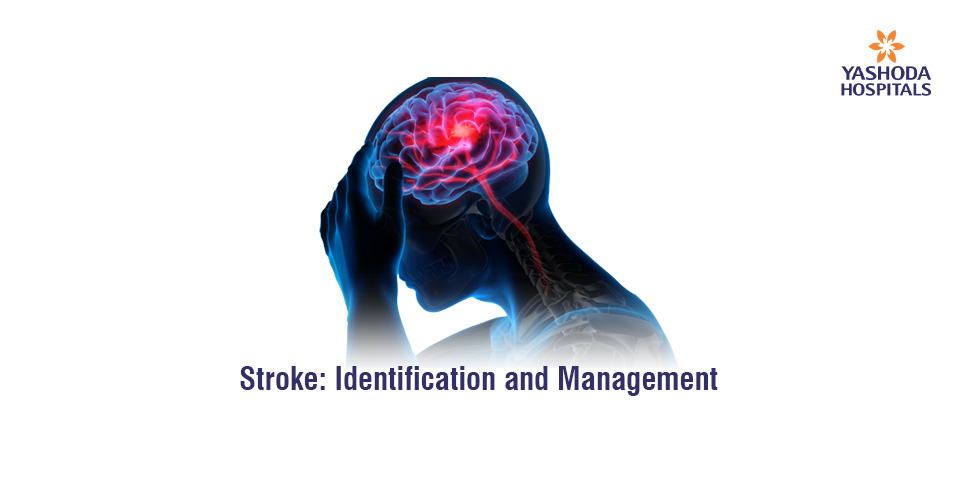
The identification of the stroke can help patients to act F.A.S.T in receiving the therapy/ treatment they require. The most effective stroke treatments are only accessible if the stroke is noticed and diagnosed within three hours of the onset of symptoms
Every minute counts during a stroke! Stroke can cause brain damage if it is not treated quickly. Understanding the signs and symptoms of a stroke will allow you to act quickly and save a life—perhaps even your own.
When the blood flow to a portion of the brain is blocked or diminished, brain tissue is deprived of oxygen and nutrients, resulting in an ischemic stroke. Within minutes, brain cells begin to die.
Hemorrhagic stroke occurs when blood from an artery suddenly starts bleeding into the brain. As a result, the bodily component controlled by the damaged brain area is unable to function properly.
Hemorrhagic stroke can be divided into two types:
- When bleeding occurs within the brain, it is called Intracranial hemorrhages.
- When bleeding happens between the brain and the membranes that surround it, it is called a subarachnoid hemorrhage.
Stroke Symptoms in Men and Women
- Numbness or weakness in one side of the body, notably the face, arm, or leg.
- Confusion, difficulties speaking, or difficulty in understanding speech may occur suddenly.
- Sudden vision loss in one or both eyes.
- Dizziness, loss of balance, a lack of coordination, or difficulty walking.
- Sudden strong headache with no medical history.
The identification of the stroke can help patients to act F.A.S.T in receiving the therapy/ treatment they require. The most effective stroke treatments are only accessible if the stroke is noticed and diagnosed within three hours of the onset of symptoms. If patients do not arrive at the hospital on time, they may be ineligible for these services.
The main features helping in stroke identification are – FAST
- F-Facial weakness
- A-Arm swing
- S-Speech disturbances
- T-Time to call an ambulance
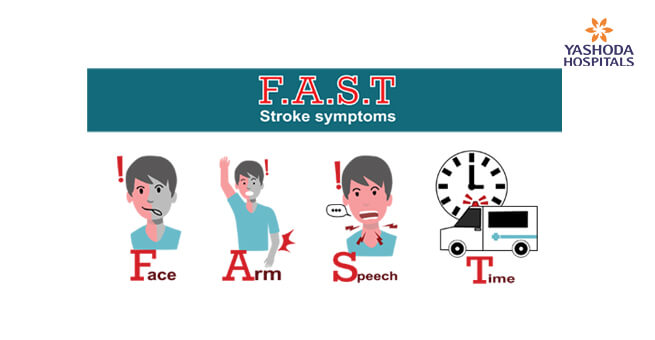
Inability to walk can also be considered as a symptom of a stroke, however, it can happen for a variety of reasons other than a stroke.
When these symptoms are identified, the patient should be taken to a stroke-ready centre as soon as possible (within an hour-golden hour) or within 4.5-6 hours. If they are brought in this duration, thrombolysis can be done with alteplase or tenecteplase. Even mechanical thrombectomy can be offered in some selected patients.
After the onset of stroke symptoms, every minute counts, since the typical patient loses 1.9 million neurons. TIME IS BRAIN: Brain tissue preserved from irreversible injury aids in the patient’s early recovery and reduces disability in the months ahead.
Stroke treatment includes more than just thrombolysis and thrombectomy. It also involves post-stroke care which includes maintaining sufficient nutrition, effective blood pressure management, and good blood sugar control. The importance of physiotherapy and rehabilitation cannot be overstated.
In this way, the resulting disability in stroke patients can be reduced, and they can have a better quality of life after recovery, starting with early detection of stroke symptoms, timely presentation to a stroke ready center, and institution of thrombolysis with or without thrombectomy in stroke patients, followed by good post-stroke care. This also reduces the impact of impairment on families and communities.
References
- “Stroke Signs and Symptoms” Centers for Disease Control and Prevention
https://www.cdc.gov/stroke/signs_symptoms.htm#:~:text=Signs%20of%20Stroke%20in%20Men,balance%2C%20or%20lack%20of%20coordination Accessed on 24th March - “Stroke” Mayo Clinic
https://www.mayoclinic.org/diseases-conditions/stroke/symptoms-causes/syc-20350113 Accessed on 24th March - “Hemorrhagic Stroke” Cedars Sinai
https://www.cedars-sinai.org/health-library/diseases-and-conditions/h/hemorrhagic-stroke.html Accessed on 24th March
About Author –
Dr. Varun Reddy Gundluru, Consultant Neurologist , Yashoda Hospital, Hyderabad
MD (Manipal), DM Neurology (AIIMS, New Delhi)




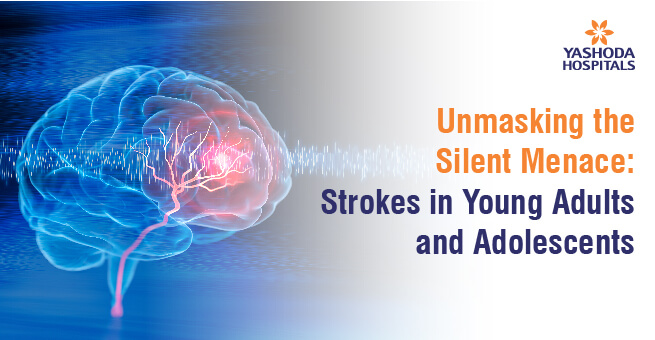
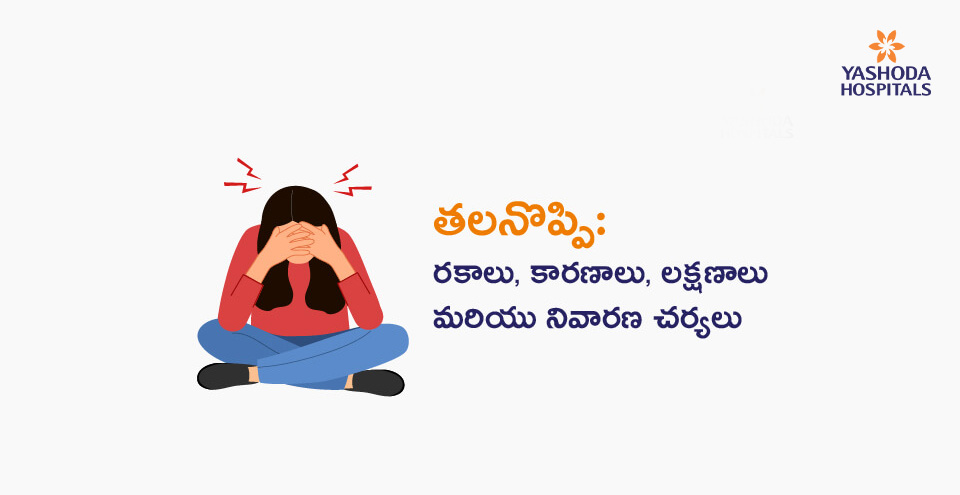
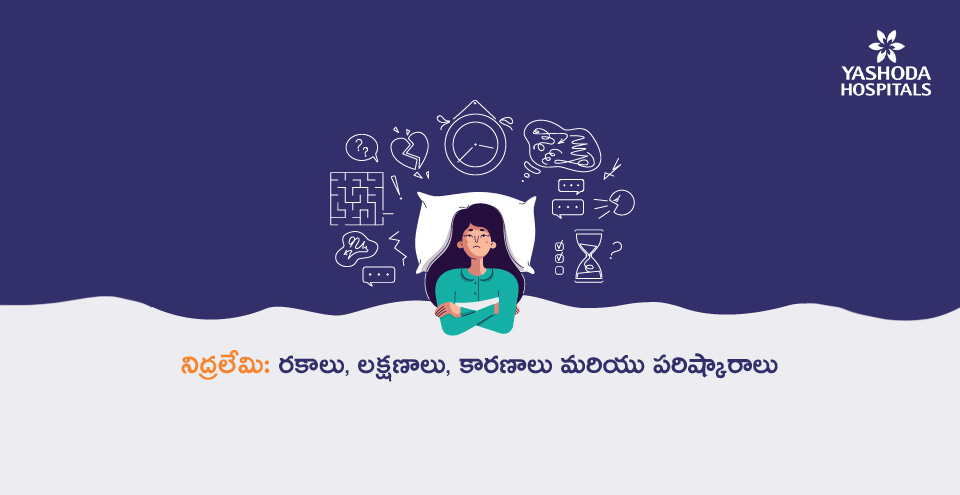
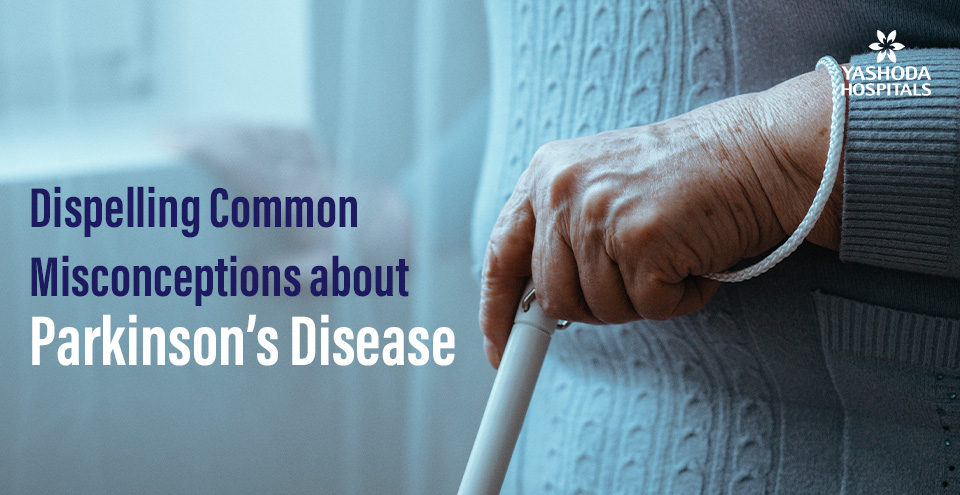
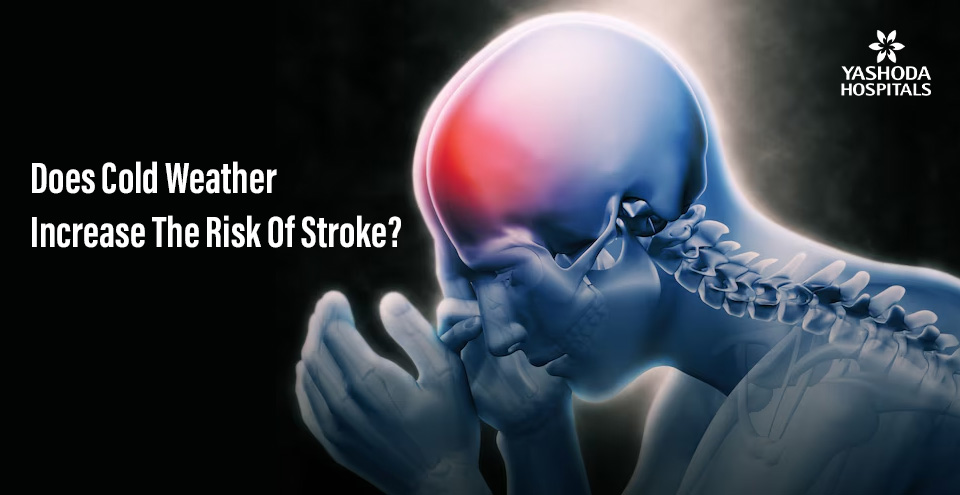
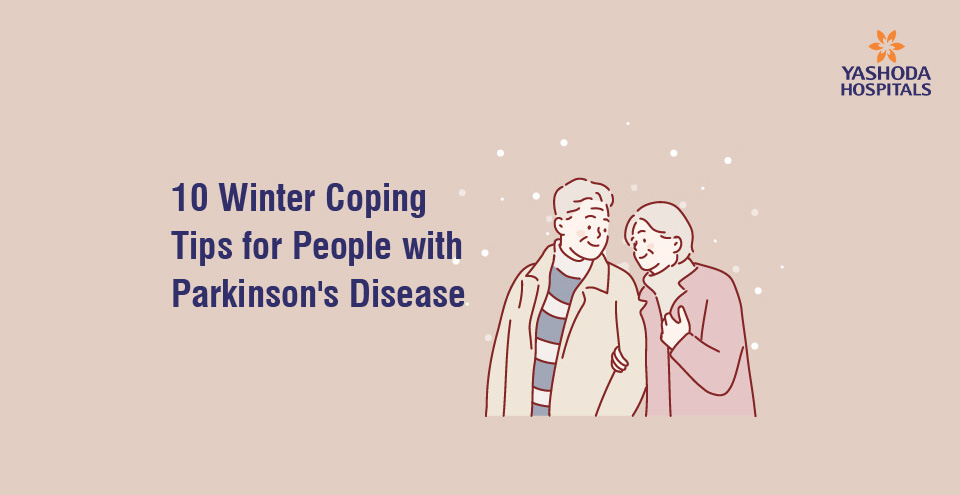
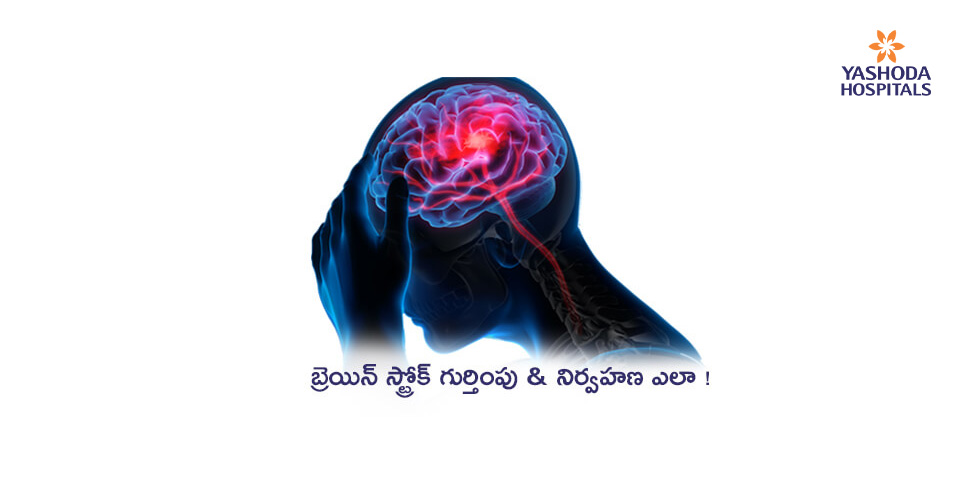

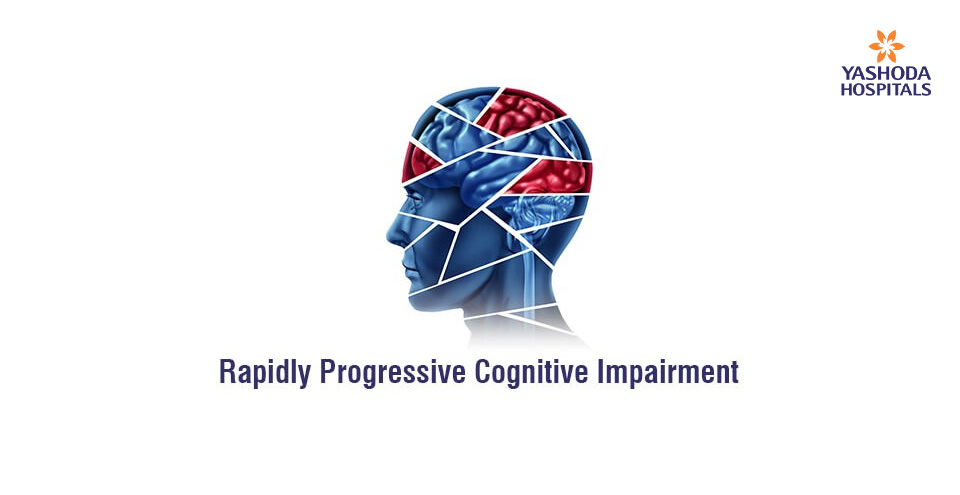
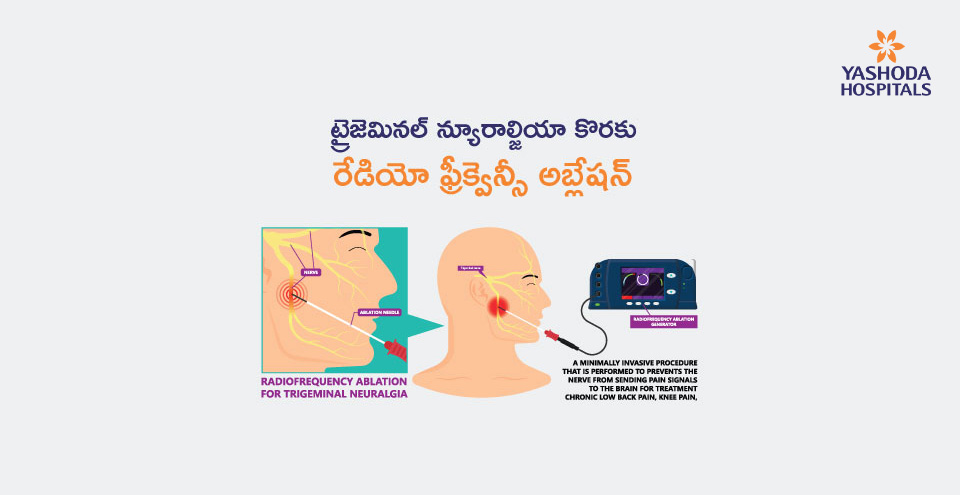
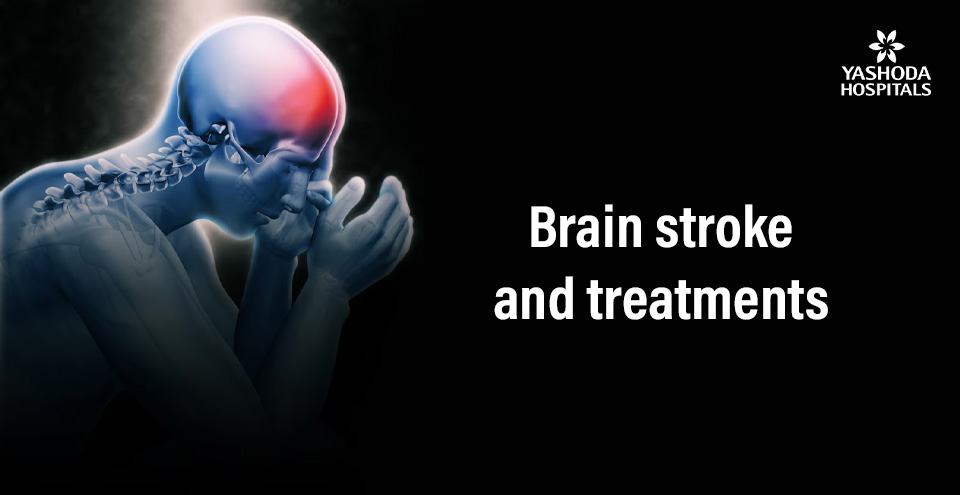
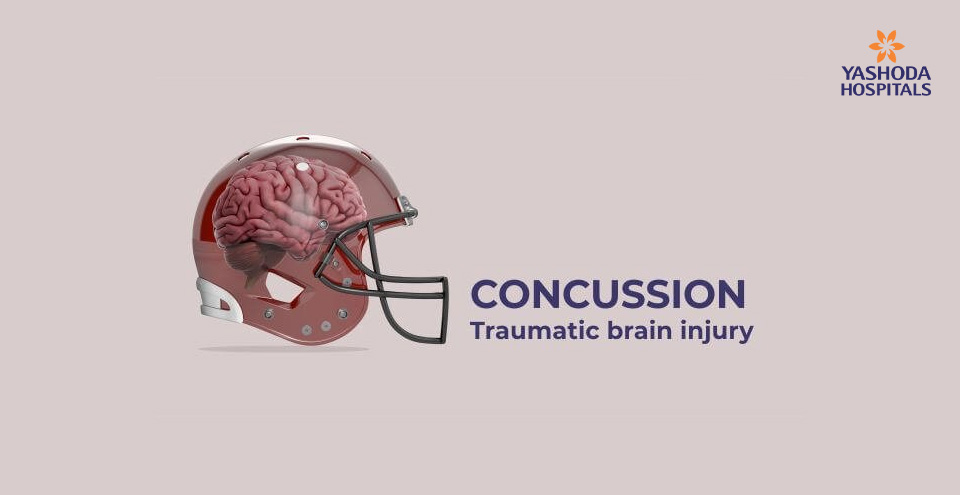
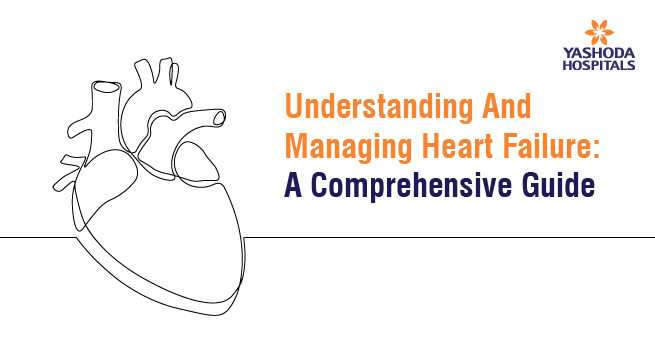

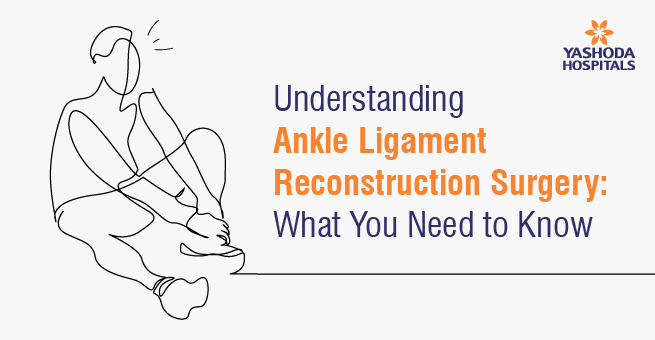


 Appointment
Appointment Second Opinion
Second Opinion WhatsApp
WhatsApp Call
Call More
More





